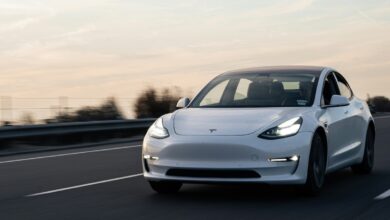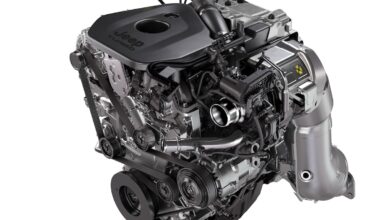Mazda Charges Toward 2030 Electric Vehicle Goals
Mazda Motor Corp. this week laid out its long-term vision for technology development. The company’s plans tie in to its Sustainable Zoom-Zoom 2030 mission, which is “to preserve the beauty of the earth and enrich society and individual lives and seek solutions in the areas of people, society and the earth.”
Mazda will strive to reduce carbon dioxide emissions and enhance the joy of driving by deploying compact, lightweight electrification technologies while further refining the internal combustion engine, which is forecast to be equipped in the majority of new cars for many years to come. The company will introduce electric vehicles as the optimal solution in regions that generate a high ratio of electricity from clean energy sources or restrict certain vehicle types to reduce air pollution, according to the company.
With a view to achieving a 90-percent reduction versus 2010 levels in its corporate average well-to-wheel carbon dioxide emissions by 2050, Mazda will deploy some form of electrification in all production vehicles by 2030.
By 2030, Mazda expects that internal combustion engines combined with some form of electrification will account for 95 percent of the vehicles it produces and battery electric vehicles will account for 5 percent.
Mazda will develop two battery electric vehicles, one powered solely by battery and another that pairs a battery with a newly developed range extender powered by Mazda’s small, lightweight and exceptionally quiet rotary engine. The range extender will recharge the battery when necessary to effectively increase the vehicle’s driving range.
The concept behind the rotary-powered range extender was to leverage the rotary engine’s small size and high power output to make multiple electrification technology solutions possible via a shared packaging layout.
Taking advantage of the rotary engine’s compatibility with gaseous fuels, the rotary-powered range extender is designed to also burn liquefied petroleum gas and provide a source of electricity in emergencies.



